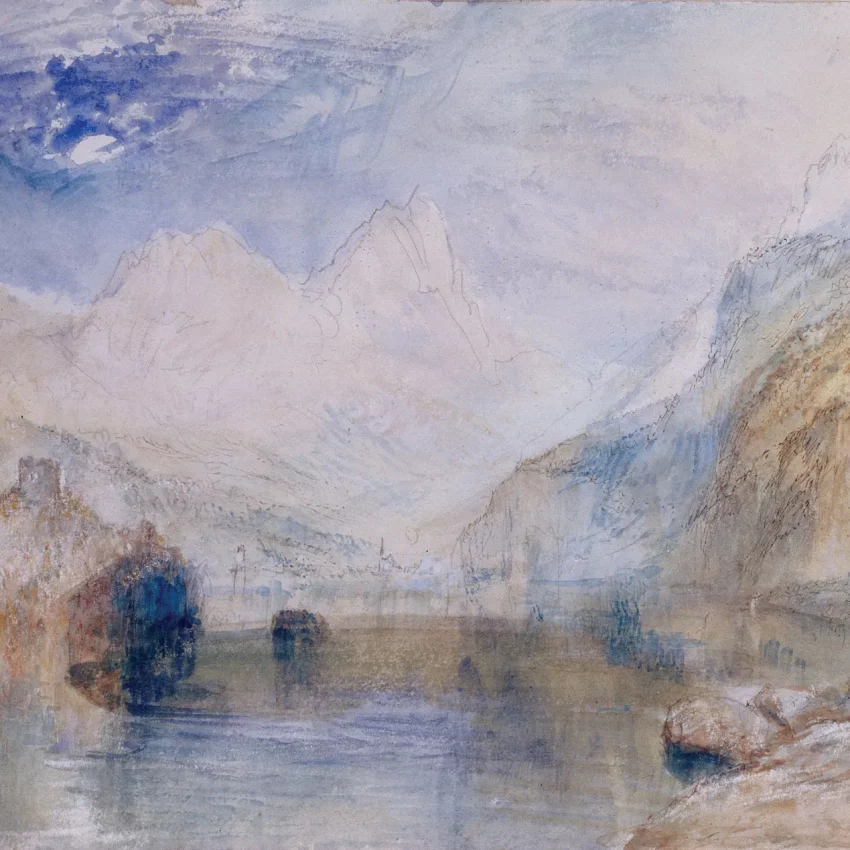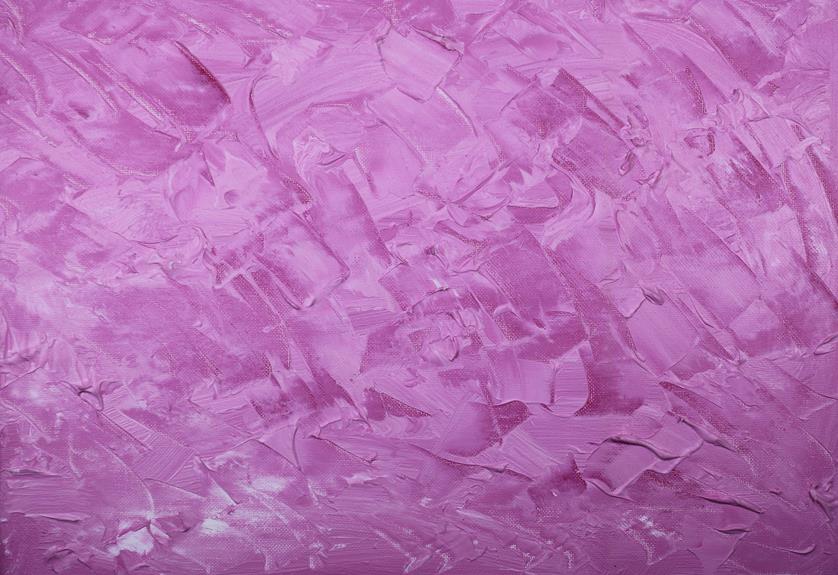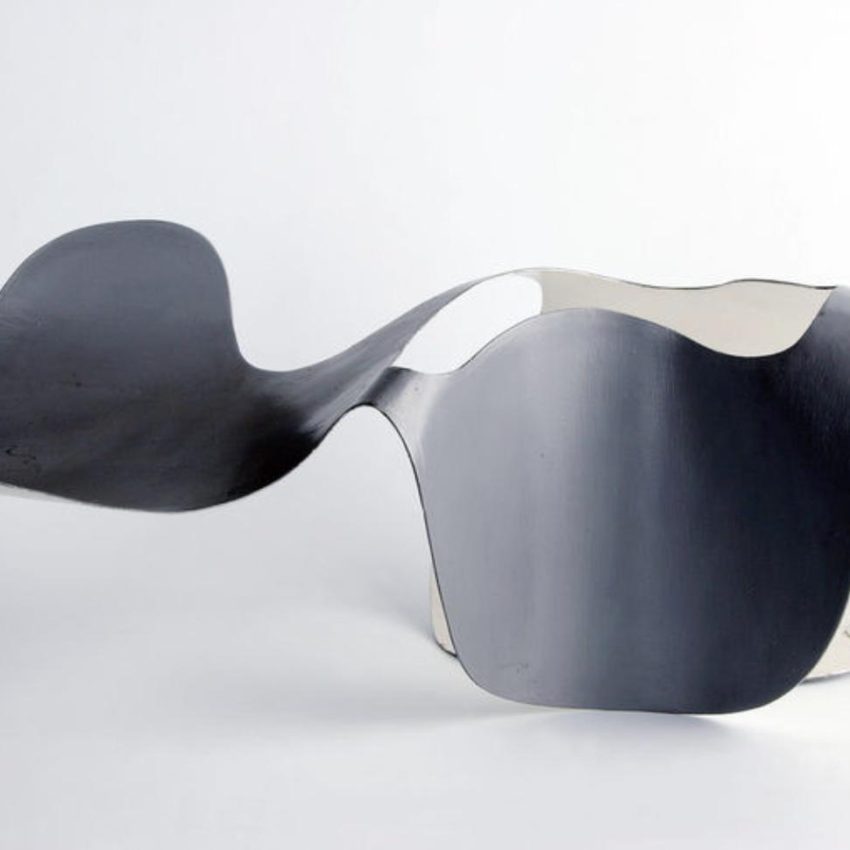The Surrealist Movement
Surrealism in Art
Step into a world where dreams collide with reality, the ordinary becomes extraordinary, and the mind is set free to wander beyond the confines of logic and reason, a journey reminiscent of a surrealist painting.
Surrealism art, born out of a desire to unlock the subconscious and explore the depths of human imagination, invites us on a journey like no other.
With its peculiar blend of dreamlike landscapes, bizarre juxtapositions, and uncanny symbolism, Surrealism challenges our perceptions and beckons us to question what we see before us.
It is a realm where Salvador Dali’s melting clocks coexist with René Magritte’s floating bowler hats, offering a glimpse into the mysterious recesses of our minds.
As we delve deeper into the enigmatic world of Surrealism art, we face paradoxes that both confound and captivate us, embodying the spirit of poet André Breton’s vision.
This artistic movement emerged in the early 20th century as a rebellion against rationality and tradition, seeking to tap into the hidden reservoirs of creativity buried within each individual.
Through whimsical creations that blur the line between fantasy and reality, Surrealist artists sought to challenge societal norms, provoke thought-provoking conversations, and ultimately push boundaries to pursue artistic liberation.
Join us as we unravel the secrets behind this mesmerizing art form that continues to fascinate and intrigue audiences worldwide.
Introduction
As an art movement, Surrealism found its roots in the aftermath of World War I when artists and writers were disillusioned with the rationalist mindset that had led to such destruction.
Led by figures like André Breton and Salvador Dalí, Surrealism aimed to access the deep realms of the unconscious mind through dreamlike imagery and unconventional techniques.
“Surrealism is based on the belief in the omnipotence of dreams, in the undirected play of thought.” – André Breton.
The movement’s foundational text, the Surrealist Manifesto, penned by André Breton in 1924, outlined its revolutionary approach to creating art, deeply influenced by the psychoanalytic theories of Sigmund Freud.
This introduction will explore the key players, pivotal moments, and defining characteristics of Surrealism, including the contributions of painters like Joan Miró and René Magritte.
It will set the stage for a deeper dive into this enigmatic artistic phenomenon.
Origins of Surrealism & The Artwork
The surrealist movement in Europe drew inspiration from various sources, including Freudian psychology, Dadaism, and war experiences.
The movement was founded by Andre Breton in his Manifesto of Surrealism in 1924. This manifesto called for a revolutionary approach to art that would transcend reason and tap into the unconscious.
It was deeply influenced by the psychoanalytic theories of Sigmund Freud, making it an artistic and literary movement.
Following the devastation of World War I, the 1920s marked a period of profound social and cultural upheaval, particularly in Europe.
Amidst the disillusionment with traditional values and the rise of new ideologies, Surrealism emerged as a radical response to the prevailing rationalist mindset.
Artists and writers sought to challenge the conventions of bourgeois society and explore alternative modes of expression that delved into the depths of the human psyche.
Psychic Automatism, The Unconscious & André Breton
One of the central tenets of Surrealism was the concept of “pure psychic automatism,” championed by Breton.
This technique involved accessing the subconscious mind without interfering with conscious thought or rational control exercised by reason.
Through practices such as automatic writing and drawing, Surrealist artists sought to bypass conventional logic and tap into the raw, unfiltered expressions of the unconscious.
Psychic Automatism, The Unconscious & André Breton
Andre Breton’s influence on Surrealism cannot be overstated; he was not only a critical theorist but also a charismatic leader who brought together a diverse group of artists under the banner of Surrealism.
Other important and now famous surrealist figures associated with the movement in the early days included Salvador Dali, Max Ernst, Joan Miro, Rene Magritte, and Man Ray.
Paul Éluard, a poet closely associated with Surrealism, played a significant role in shaping the movement’s literary aspects.
His collaboration with visual artists like Max Ernst and Salvador Dalí helped bridge the gap between literature and visual art.
Éluard’s poetry often delved into the subconscious mind, reflecting the Surrealist belief in the power of the imagination to transcend societal constraints.
Many surrealist artists emerged during this period, each contributing to the movement uniquely.
Notable figures include Salvador Dalí, whose eccentricity and surrealistic landscapes defined surrealism for many; Pablo Picasso, who, though not officially a surrealist, influenced many surrealist artists with his innovative approaches to art; and André Masson, known for his use of automatic drawing and grattage techniques to unlock the unconscious mind.
Female Surrealist Artists inc Leonora Carrington
Many male Surrealists, notably Man Ray, Magritte, and Dalí, frequently centered their works around the female form, often distorting it and portraying women as muses, echoing a tradition seen throughout art history.
Female Surrealists such as Claude Cahun, Lee Miller, Leonora Carrington, and Dorothea Tanning took a different approach.
They aimed to challenge the problematic embrace of Freudian psychoanalysis, which often marginalized and portrayed women as monstrous or inferior.
These founding artists experimented with automatic writing, dream analysis, collage art techniques, and other unconventional methods to access their subconscious minds and create works that defied conventional artistic norms.
Through these innovative approaches to creation and expression, inspired by figures such as Sigmund Freud, they sought to challenge societal conventions and unveil hidden truths about human nature.
Arp’s exploration of automatic writing and drawing and his use of chance and randomness in his artistic process aligned closely with Surrealist principles of tapping into the unconscious mind.
His biomorphic sculptures and abstract compositions, characterized by fluid lines and organic shapes, reflected Surrealist themes of metamorphosis and the subconscious.
While Apollinaire and Arp maintained their distinct artistic identities, their participation in Surrealist exhibitions and collaborations with Surrealist artists solidified their connection to the movement.
Another influential figure in the Surrealist landscape, Francis Picabia, added to the movement’s dynamism with his experimental artworks, challenging traditional notions of art and reality and expanding the Surrealist vocabulary.
Luis Buñuel, known for his groundbreaking surrealist films, further enriched Surrealism’s exploration of the subconscious and the irrational, contributing to the movement’s interdisciplinary nature.
Together, their pioneering spirit and exploration of Surrealist themes embody the movement’s ethos of creative freedom and the exploration of the subconscious.
René Magritte & Yves Tanguy
Surrealist artworks, often resonating with René Magritte’s or Yves Tanguy’s techniques, frequently feature dreamlike or fantastical imagery that explores the realms of the subconscious mind.
These works may contain unexpected and irrational juxtapositions, distorted perspectives, and symbolic representations that defy traditional logic.
Surrealism seeks to penetrate the depths of the human psyche to unveil hidden truths and awaken unconscious desires or fears.
The movement values spontaneity, freedom of expression, and the liberation of thought from conscious control.
Surrealist artists like Yves Tanguy aim to provoke emotional responses in viewers by evoking feelings of wonder, confusion, unease, or fascination through their unconventional creations.
Overall, Surrealism is characterized by its exploration of alternative realities and its rejection of established norms in favor of unlocking new avenues for artistic creation and interpretation, much like the efforts of painters such as Joan Miró and Masson.
Characteristics
Surrealist artworks, often resonating with René Magritte’s or Yves Tanguy’s techniques, frequently feature dreamlike or fantastical imagery that explores the realms of the subconscious mind.
In the aftermath of World War I, Europe grappled with widespread disillusionment and trauma, fueling a desire among artists to explore alternative modes of expression.
Surrealism arose as a response to this tumultuous period, rejecting rationalism and embracing the irrational and the subconscious.
These works may contain unexpected and irrational juxtapositions, distorted perspectives, and symbolic representations that defy traditional logic.
Surrealism seeks to penetrate the depths of the human psyche to unveil hidden truths and awaken unconscious desires or fears.
The movement values spontaneity, freedom of expression, and the liberation of thought from conscious control.
Surrealist artists like Yves Tanguy aim to provoke emotional responses in viewers by evoking feelings of wonder, confusion, unease, or fascination through their unconventional creations.
Overall, Surrealism is characterized by its exploration of alternative realities and its rejection of established norms in favor of unlocking new avenues for artistic creation and interpretation, much like the efforts of painters such as Joan Miró and Masson.
Major Artists
Salvador Dali, Rene Magritte, Frida Kahlo, Max Ernst, Andre Breton, Man Ray, and Joan Miro are significant artists associated with Surrealism.
These artists, including painters like René Magritte and Joan Miró, have significantly contributed to the movement through their unique styles and groundbreaking works that challenge traditional notions of art and reality.
Salvador Dali is one of the most well-known Surrealist artists, famous for his dream-like paintings filled with bizarre imagery and symbolism.
Rene Magritte is known for cleverly using everyday objects in unexpected contexts to create thought-provoking compositions.
Frida Kahlo’s profoundly personal and emotive works often explore themes of pain, identity, and Mexican culture, echoing the surrealist fascination with the unconscious mind as explored by Sigmund Freud.
Each artist brings a distinct perspective to the Surrealist movement, contributing to its rich history and ongoing influence on contemporary art practices.
impact
The Surrealist movement profoundly impacted modern art and culture, shaping how artists approach creativity, imagination, and symbolism.
Exploring the unconscious mind and dreams in Surrealist art paved the way for new ways of thinking about reality and representation.
The movement gained international recognition by organizing the first International Surrealist Exhibition in 1925.
This groundbreaking first surrealist event showcased the work of surrealists worldwide, cementing Surrealism as a revolutionary movement in Europe and beyond.
The exhibition featured works by artists such as Giorgio de Chirico and Meret Oppenheim, highlighting the diversity of styles within the Surrealist movement.
Surrealism’s influence can be seen in various art forms, such as literature, film, fashion, and music, which often incorporate elements inspired by surrealist painters and poets.
Many contemporary artists continue to draw inspiration from Surrealism’s emphasis on spontaneity, juxtapositions, and unconventional imagery.
Additionally, Surrealism’s focus on pushing boundaries and challenging conventional norms has helped spark conversations about societal issues such as gender identity, politics, and human psychology.
Its influence can also be seen in advertising campaigns, graphic design elements, and pop culture references, echoing the radical ideas of Dada and Surrealism.
Surrealism profoundly impacted contemporary art, influencing everything from painting and sculpture to literature and music.
Its techniques, such as automatic writing and psychic automatism, inspired later movements like abstract expressionism.
Artists like Leonora Carrington and Marcel Duchamp continued to explore surrealistic themes, pushing the boundaries of artistic expression.
Overall, Surrealism’s legacy continues to resonate with artists and audiences alike, encouraging a deeper exploration of the subconscious mind and unlocking new possibilities for artistic expression.
Techniques
Automatism, juxtaposition, distortion, and dream symbolism are essential techniques associated with Surrealism.
Automatism involves letting go of conscious control to allow spontaneous expressions within the subconscious mind to flow freely onto paper or canvas.
Juxtaposition combines contrasting or unexpected elements in a composition to create a sense of dissonance or surprise.
Distortion plays with proportions, perspectives, and forms to challenge our perception of reality and blur the lines between the familiar and the unfamiliar.
These techniques are often employed by artists exploring Surrealist themes to delve into deeper meanings and evoke emotional responses from viewers.
Legacy
The legacy of the Surrealism movement continues to have a significant impact on the contemporary art world.
Artists today continue to draw inspiration from the innovative techniques and concepts introduced by Surrealist artists in the early 20th century.
The influence of Surrealism can be seen in various artistic movements, such as abstract expressionism, pop art, and conceptual art.
Contemporary artists often utilize similar methods of exploring the subconscious mind, creating juxtapositions, and distorting reality to convey complex emotions and ideas in their work. This practice is heavily influenced by surrealist artists and Freud’s psychoanalytic theories.
By building upon the foundations of Surrealist artists, modern creators can push boundaries, challenge conventions, and engage audiences in new ways.
Overall, the legacy of Surrealism serves as a reminder of the power of artistic experimentation and creative expression.
It encourages artists to think beyond traditional norms and embrace unconventional approaches to making art that resonate with contemporary audiences, much like the surrealist and Dada movements encouraged breaking away from conventional art forms.
Conclusion
Surrealism’s enduring impact on artistic expression is undeniable. It continues to influence and inspire creators across various fields, from visual arts to literature, film, and fashion, including those rooted in the traditions of surrealist painting.
The surrealists dared to dive deep into the realms of the subconscious and explore the unknown territories of the human psyche through their art.
Their legacy lives on in the works of countless contemporary artists, who continue to explore unconventional ways of expression, push boundaries, and challenge perceptions.
Its emphasis on spontaneity and the liberation of thought from conscious control continues to influence contemporary art practices.
Its textured surfaces, fantastic imagery, and exploration of the unconscious mind remain relevant in the art community today.
Surrealism’s legacy can be seen in everything from the Museum of Modern Art to the works of contemporary artists inspired by its revolutionary spirit.
Surrealism remains a testament to the limitless possibilities of artistic imagination and its ability to transcend cultural barriers. It invites viewers to embark on a journey beyond reality into a realm where dreams meet reality.





